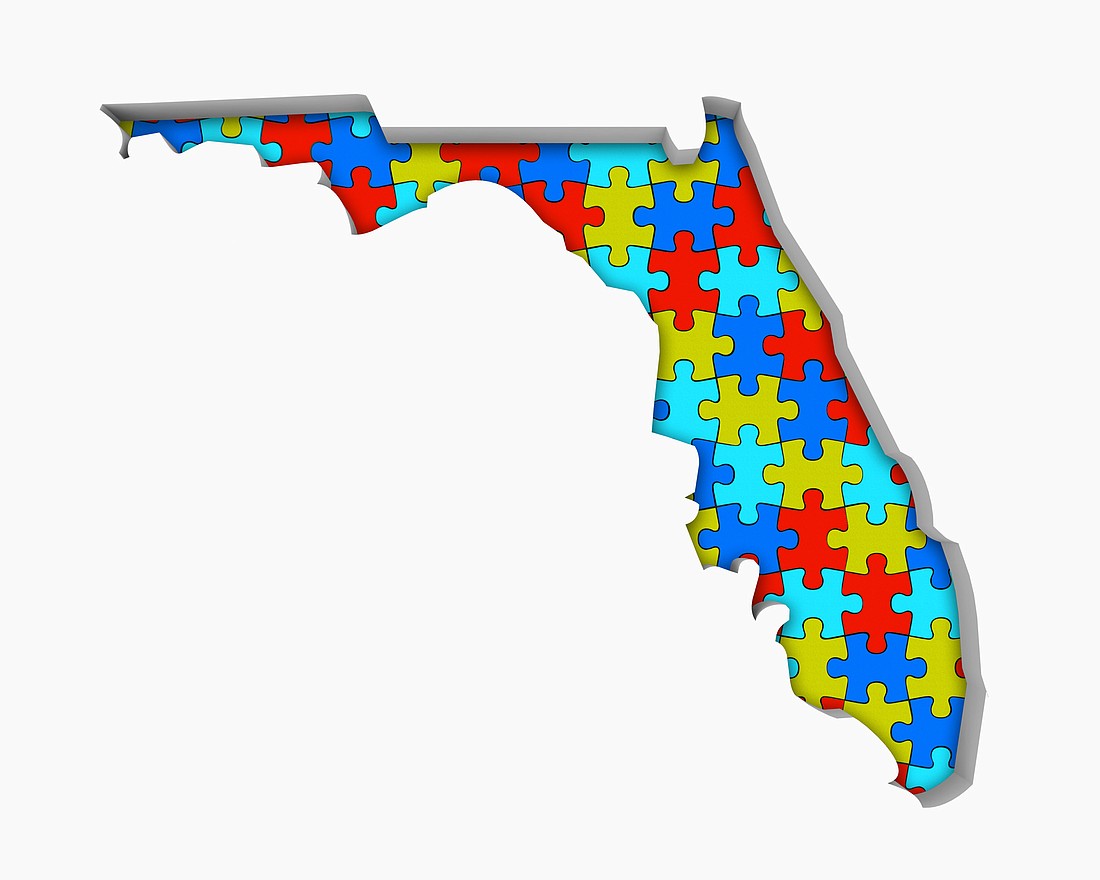- January 17, 2025
-
-
Loading

Loading

Months overdue, key U.S. Census numbers were released Thursday, Aug. 12, that will allow Florida lawmakers to begin the process of redrawing congressional and legislative districts for the state’s 21.5 million residents.
Now it’s up to Republican lawmakers overseeing the work to determine how far they believe state courts will let them go in crafting new lines that will include an extra congressional district. Past redistricting has spurred fierce legal fights as Republicans and Democrats jostled for political advantages.
In advance of the census data release, a coalition of groups held a webinar Wednesday to discuss efforts to ensure that the once-a-decade reapportionment remains a “transparent process” that follows anti-gerrymandering guidelines in the “Fair Districts” constitutional amendments approved by voters in 2010.
“I would like to be optimistic about this current redistricting cycle,” said Ellen Freidin, leader of the FairDistricts Florida Movement and CEO of FairDistricts Now, Inc. “So far, the Legislature has not given us any reason to be optimistic that the Fair Districts amendments will be adhered to. But we always remain hopeful and are looking forward, as I’m sure you are, to watching this process unfold.”
As a lesson learned from the process a decade ago, Senate President Wilton Simpson, R-Trilby, and House Speaker Chris Sprowls, R-Palm Harbor, separately advised lawmakers Thursday to refrain from discussing map proposals, particularly with people who hope to gain from the changes.
"The House continues to strongly recommend that planned or unplanned conversations about redistricting not take place outside of the committee process with individuals who have a vested interest in the outcomes of the redistricting process,” Sprowls wrote in a memo.
The House and Senate plan to have a joint website to provide detailed information to the public. Also, input will be gathered during committee meetings held in advance of the 2022 legislative session. Lawmakers are expected to approve final maps during the session, which will start in January.
A decade ago, 26 public hearings were held throughout the state during the summer leading up to the districts being redrawn. But lawmakers had more time in 2011, because COVID-19 delayed the 2020 census count.
“Although the census bureau’s delay in releasing the redistricting data is unique to this cycle, we are still well within our constitutionally mandated time frame of redrawing district maps --- during the 2022 regular session,” House Redistricting Chairman Tom Leek, R-Ormond Beach, said in a statement. “We are ready to get to work.”
Sprowls advised members to “stand by” as the website, which will provide interactive maps and a place for constituents to submit input, will be rolled out before the Sept. 20 start of committee weeks.
The numbers released Thursday by the census bureau were the first local-level results from the 2020 census. Statistics on issues such as voting-age population and race are used in redrawing district boundaries.
Because of its growth over the past decade, the number of Florida congressional districts will increase from 27 to 28. Republicans currently hold a 16-11 advantage among U.S. House members, a 24-16 edge in the state Senate and a near supermajority of 78-42 in the state House.
The redistricting process a decade ago was the first one under the Fair Districts guidelines and resulted in court battles that forced changes in congressional and Senate maps.
But a factor in the upcoming map-making is that the state Supreme Court has become more conservative, as Republican Gov. Ron DeSantis has appointed replacements for three left-leaning justices who had to retire in 2019.
Freidin has asked legislative leaders to livestream the map-drafting process and noted that lawmakers were asked for a pledge to follow the Fair Districts requirements. So far, 17 of the 160 state legislators --- all Democrats --- have signed the pledge.
With population changes and the addition of a new congressional seat, a focus of national Republicans has already been Congressional District 7, a seat in Seminole and Orange counties held by Congresswoman Stephanie Murphy, a Blue Dog Democrat. The district could be made redder by redrawing it to include conservative neighboring areas.
The national GOP also has targeted Pinellas County’s Congressional District 13, which is held by Democrat Charlie Crist. The seat will be open because Crist is running for governor in 2022.
The state’s population, up 14.6 percent over the past decade, outpaced the nation’s 7.4 percent growth.
Among urban areas, Miami-Dade remains the largest county, at 2.7 million residents, according to the census data. Next are Broward at 1.9 million residents; Palm Beach at 1.5 million; Hillsborough at nearly 1.46 million; Orange at almost 1.43 million; and Duval at 995,567.
Among those counties, Orange County had the largest percentage of growth at 24.8 percent, followed by Hillsborough at 18.8 percent and Duval at 15.2 percent. Palm Beach’s growth rate since 2010 was 13 percent, Broward was 11.2 percent and Miami-Dade was at 8.2 percent.
At the other end of the spectrum, rural Liberty County west of Tallahassee saw its population drop 4.7 percent to 7,974.